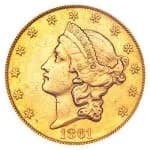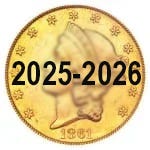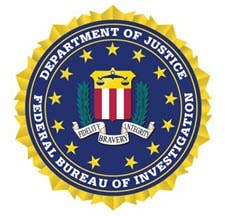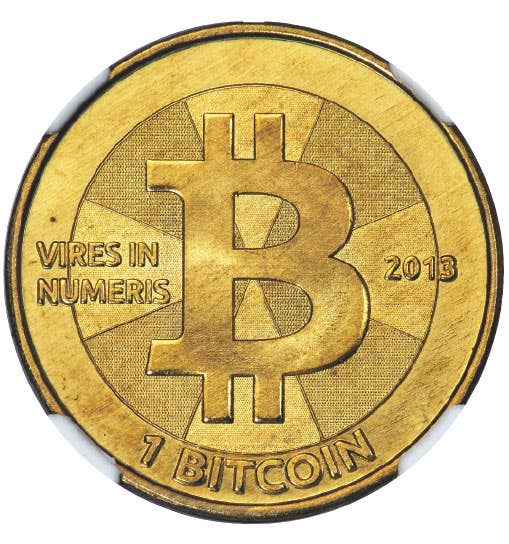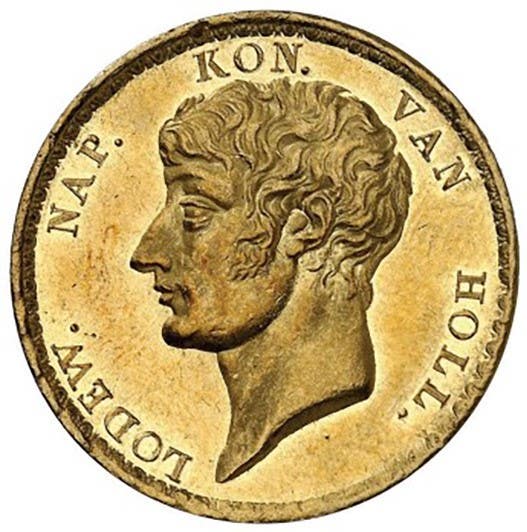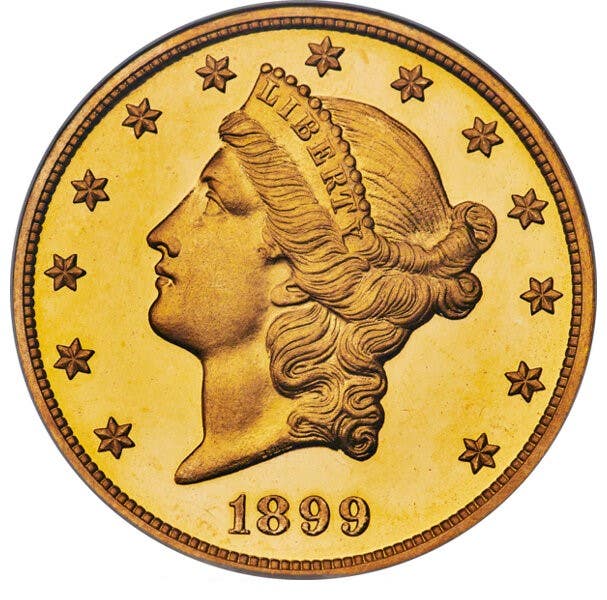Ever see steel 1944 with error too?
It’s time to remind readers that many minor though extremely noteworthy error coins can be found and admired at coin shows. The upcoming Florida United Numismatists show in Tampa should…
It’s time to remind readers that many minor though extremely noteworthy error coins can be found and admired at coin shows. The upcoming Florida United Numismatists show in Tampa should be no different. I’m going to take you for a tour of some of the errors I have seen at shows in recent months to whet your appetite.
Brad Hawthorne of Michigan walked up to the CONECA table (where I and the gang answer questions) in late November at the Michigan State Numismatic Society show and asked us if we’d like to see a pair of 1944 steel cents.
Who wouldn’t?
In short order he laid the pair down certified in the old small ANACS holders. What I found very interesting is to learn that over the course of many years of buying themin he had owned nine Philadelphia and four Denver issues. That’s 13 of these valuable rarities. Most collectors cannot hope to own even one.
One of the pieces Hawthorne had with him also sported a neat Strike Through error on the reverse (probably struck through grease).
My job was simply to admire it and photograph it for you. Enjoy.
Another really neat error to come in was a 1926-D quarter with Major Die Break (Cud) over I of LIBERTY from Dave Sutton of Mich. Cuds on Standing Liberty quarters are downright rare with only six listed in The Cud Book by Sam Thurman and Arnold Margolis. It was not listed there or in any of the other five books I have that list Cuds.
Longtime friend Vaughn Pierson turned up with a beautiful 1903 Indian Head cent that was Double Struck in Collar Flipover. You can see the second date on the reverse to the right of the shield.
Richard Bateson turned up at a show last February with a wonderful example of a 1955-S Lincoln cent struck on an Improper Alloy Mix planchet. This type of error occurs when the metals (in this case copper, tin and zinc) do not get mixed properly and areas too rich in zinc and/or tin cause the copper to show streaks of a golden hue.
Keith Francis had a boatload of nice errors and one that caught my eye was a 198(2) zinc cent that featured a nice Off Center along with a good-sized Curved Clip planchet. His coin weighed 2 grams indicating that the clip took up a full half gram.
Francis also had a 197(X) Double Struck Lincoln cent. The centered strike a centered weak strike and the second strike Off Center and fully struck overlapping onto another planchet that had already entered the striking area.
His next coin was a 1962 Jefferson nickel Struck On a Split Planchet that split away before the strike.
Jack Kozlowski brought a 1999-P New Jersey State quarter that was Missing Clad Layer Before Struck. It’s always neat to see the reverse missing the clad layer and he was happy to learn it was genuine.
Bruce Hubbard brought a No Date nickel (Type 1 Obv&Rev) Struck Through Late Stage Capped Die. Earlier specimens of a coin struck from a capped die will show anything from strong to gradually weakening and mushrooming images of the reverse. As the coin that is stuck (capped) to the upper die continues to spread and thin the reverse design will gradually thin out and the obverse will begin to dominate. Early stages that show the reverse are referred to as Brockages while later stages after the revere has been obliterated are called Capped Die Strikes. On this one none of the reverse shows to any degree and Jefferson’s head is starting to show through.
CONECA and MSNS YN member 13-year-old Emmanuel “Manny” Salas found a 1983 Lincoln cent struck from a very late die state die cap. As you can see on this one the date is now visible making it an even later die stage than Hubbard’s nickel. As an aside Manny and all his brothers and sisters won YN exhibit awards this fall at MSNS.
Just to be clear I’ll show a mid-stage Brockage where you can see plenty of the reverse design melding with the obverse design. For some reason you can make out the date on this one as a 1972 but the mintmark is not discernible. I’m not sure who submitted this one as it has been a few years.
Another error that came in that is actually quite minor but interesting is a 1962 proof Franklin half dollar. This coin exhibits what is called Double Strike Flat Field Doubling. This occurs when Strike Doubling a.k.a. Machine Doubling (technically a form of damage that occurs just prior to or during ejection of a normal single strike coin) is then flattened out by the second (or third) strike required to mint a proof coin. Because it occurs before the final strike it is a true error but few collectors understand what it is or collect it.
Finally we look at an 1884-CC Morgan dollar exhibiting a nice Repunched Mintmark from Bateson that I believe he found at this show. The first underlying “C” is prominently to the west while the second “C” shows ever so slightly to the east. This one is listed as VAM-5.
Readers finding any new varieties are encouraged to report them to Numismatic News editor Dave Harper at David.Harper@fwmedia.com.
Ken Potter is co-author of “Strike It Rich With Pocket Change” and has been a frequent contributor to “Numismatic News.” http://koinpro.tripod.com.
This article was originally printed in Numismatic News. >> Subscribe today.
More Collecting Resources
• If you enjoy reading about what inspires coin designs, you'll want to check out Fascinating Facts, Mysteries & Myths about U.S. Coins.
• Is that coin in your hand the real deal or a clever fake? Discover the difference with U.S. Coins Close Up, a one-of-a-kind visual guide to every U.S. coin type.
